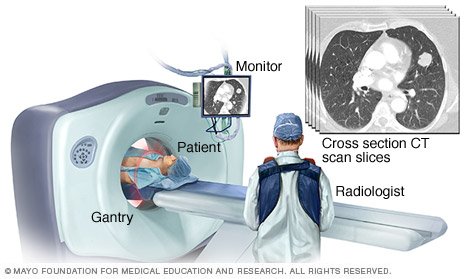
On the other hand, the recently introduced dual energy spectral CT with single-source dual tube voltage fast switching technique provides monochromatic images depicting how the imaged object would appear under single-energy X-ray photons.

5, 13 Iterative methods have been proposed to reduce beam hardening artifacts 12 and recover the attenuation map, 14 but iterative methods can be computationally slow. 4, 6– 11 In conventional CT, the polychromaticity of the X-rays causes beam hardening artifacts (BHA) 12 and averaging attenuation effect in the image and leads to CT attenuation value shifts especially in obese patients and for tissues in the central region of body.

Beam hardening effect has been proposed as a cause for the pseudo-enhancement. 1– 5 Clinically, the CT number of small simple renal cysts may be shifted upward on a contrast-enhanced CT to exhibit “pseudo-enhancement” that may affect the differential diagnosis between tumors and benign cysts. Because of the fact that X-ray photon absorption by material is energy-dependent and that the standard X-ray source is polychromatic, CT number of any material is generally not constant but variable depending on factors, such as the model of CT scanner, reconstruction algorithm, tube voltage, distribution of the examined object, and patient size. Computed tomography (CT) number is a calculated value reflecting the X-ray attenuation coefficient in an image voxel, generally expressed in Hounsfield units (HU), where the CT number of water is 0 HU.


 0 kommentar(er)
0 kommentar(er)
